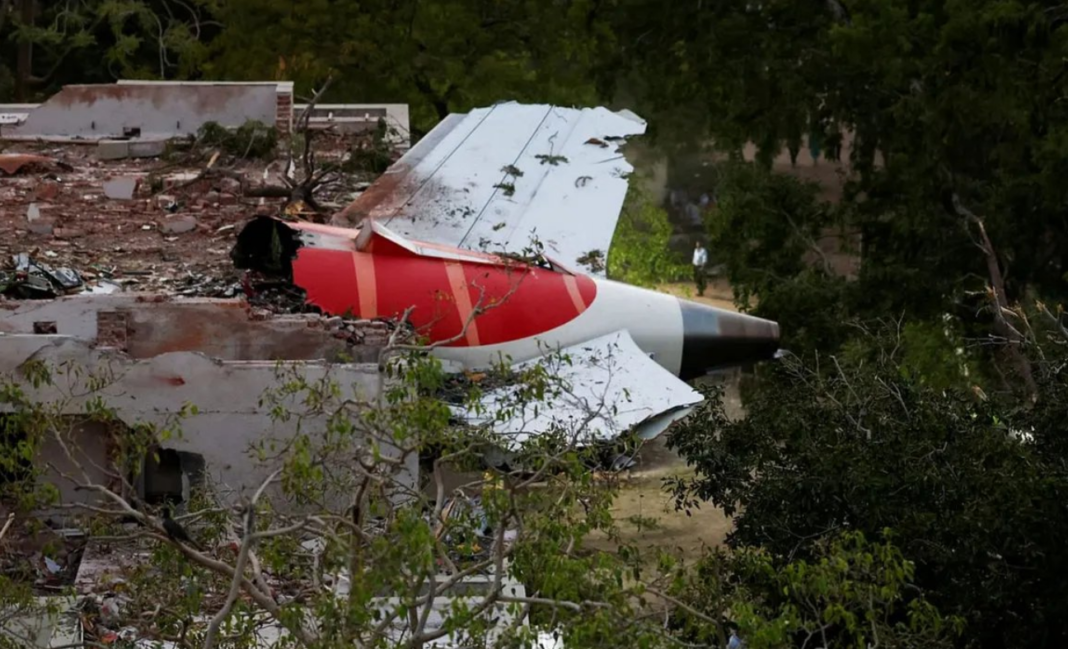The Aircraft Accident Investigation Bureau (AAIB) has submitted its preliminary findings into the tragic crash of Air India Flight AI-171 to the Ministry of Civil Aviation. The London-bound Boeing 787-8 Dreamliner crashed shortly after takeoff from Ahmedabad on June 12, claiming 241 lives, including that of former Gujarat Chief Minister Vijay Rupani. Only one person aboard the aircraft survived.
The preliminary report, compiled using data retrieved from the aircraft’s black boxes, marks a significant step forward in uncovering the events that led to one of India’s deadliest aviation disasters. The AAIB’s findings are expected to be a central topic in a high-level meeting of Parliament’s Public Accounts Committee (PAC), which is scheduled to convene today.
Top officials from the civil aviation ministry, including the Secretary and the Director General of Civil Aviation (DGCA), have been summoned to appear before the PAC. While the meeting is primarily intended to review regulations related to passenger fees, airline charges, and airport tariffs, the recent crash has brought aviation safety to the forefront of the agenda.
The ill-fated Flight AI-171 took off from Sardar Vallabhbhai Patel International Airport in Ahmedabad and, moments later, crashed into the BJ Medical College hostel complex. The impact was devastating, killing nearly all passengers and crew onboard. Emergency responders arrived quickly, but only one person survived the crash.
Investigators from multiple agencies—including the Indian Air Force, Hindustan Aeronautics Limited (HAL), and the U.S.-based National Transportation Safety Board (NTSB)—are part of the inquiry. Representatives from Boeing, GE (the engine manufacturer), Air Traffic Control, and aviation medicine experts are also contributing to the investigation.
According to sources in the Ministry of Civil Aviation, a critical component from one of the aircraft’s black boxes, known as the Crash Protection Module, was retrieved and accessed by June 25. To ensure data accuracy, investigators used a matching “golden chassis” black box to validate the extracted data.
The AAIB is conducting the investigation following international protocols under ICAO Annex 13 and India’s Aircraft (Investigation of Accidents and Incidents) Rules, 2017. The agency is working from its advanced lab in New Delhi, utilizing cutting-edge forensic and flight data analysis technology.
Though the exact cause of the crash has not yet been publicly disclosed, sources familiar with the preliminary report suggest that multiple system failures may have contributed. The final report is expected to delve deeper into mechanical, operational, and possibly human factors.
As the nation mourns the victims, including prominent political figures and families traveling abroad, pressure is mounting on the government to address gaps in aviation safety and regulatory oversight. The upcoming PAC session is likely to witness sharp questioning on these matters, as well as broader issues concerning the rising costs of air travel and infrastructure charges.
The full findings of the investigation are expected to be released in the coming months. Until then, the aviation sector—and the flying public—await concrete answers and lasting reforms.








